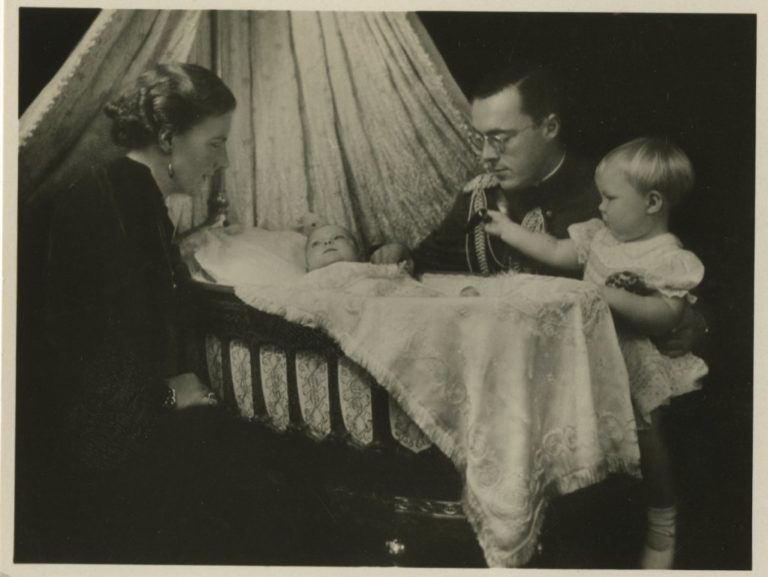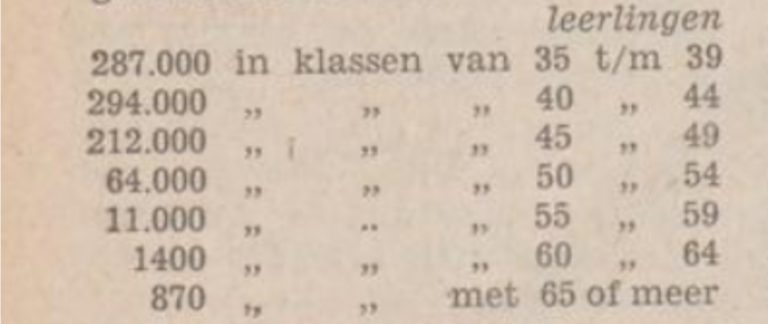What does it take to have a child? No, don’t worry, I am not offering a lecture about sex education. I want to talk about the birth wave after the Second World War. It shows that hope and optimism about the future are important preconditions for bringing children into the world.
Invasion and liberation
Statistics provided by the ‘Centraal Bureau voor Statistiek (Central Bureau of Statistics – CBS)’ show us that wartime events were responsible for recognisable patterns in the birth curve for the whole of the Netherlands: decreases nine months after the start of the war in September 1939, after the German invasion, after the February strike of 1941 and after the hunger winter of 1944/1945.
Peaks were seen in March 1945, nine months after the Allied invasion of north-western France, and in February 1946, the tremendous baby boom after liberation.
Names
The war and its events also may have influenced the names that the Dutch gave their children. In 1943, the third daughter of Princess Juliana and Prince Bernhard was born in Canada. Her name, Margriet, suddenly skyrocketed in the name statistics.
Then there are the Irenes. In 1941 526 new born girls were named Irene, in 1945 even more – 747. Princess Irene, elder sister of Princess Margriet, was born in August 1939 and her parents named her after the goddess of peace to express their hope that peace would remain.
During the war, this desire for peace was, of course, even greater among many Dutch parents.
Numbers in The Hague
War not only affects the birth rates, it also contributes tothe number of people who die. In The Hague, 1945 is a black page. In that year, 1590 Hagenaars died as a result of famine and 586 more died as a result of bombardments . But we must also look at another great tragedy: during the Second World War, approximately 16,000 of the estimated 18,000 Jewish Hagenaars died in or outside The Hague.
In response to the liberation, around 16,000 Hagenaars were born in 1946, an absolute record. From that year onwards, the number of births in The Hague would fall steadily to just over 4,000 in 1976 and 1977.
Baby boom and overcrowded classrooms
Of course, the baby boom also had longer-term effects. In 1953 there were thirty thousand classrooms in the Netherlands with more than 40 pupils. And this overview of pupils in large and super-sized classes in the Netherlands says it all.
There was a shortage of both classrooms and teachers. An estimated 4500 extra primary school teachers were needed. In the newspapers of that time you can read articles discussing what should be done to make “the job of teacher more attractive”. With the current teacher shortage in The Netherlands, this very topic is often covered in our newspapers. So not much change there.
You can learn more entertaining and interesting facts about The Hague during my city walks and cycling tours






1 thought on “The baby boom”
Altijd zo leuk om je artikels te lezen. Dank je. Els